
How to Use LM7912: Examples, Pinouts, and Specs
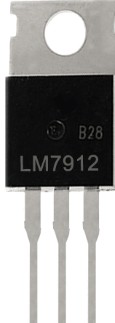
 Design with LM7912 in Cirkit Designer
Design with LM7912 in Cirkit DesignerIntroduction
The LM7912 is a three-terminal negative voltage regulator that provides a stable -12V output with a maximum output current of 1A. It is part of the LM79xx series of voltage regulators, which are designed to deliver fixed negative voltage outputs with high reliability and low noise. The LM7912 is widely used in power supply circuits, audio systems, and other electronic applications requiring a stable negative voltage source.
Explore Projects Built with LM7912
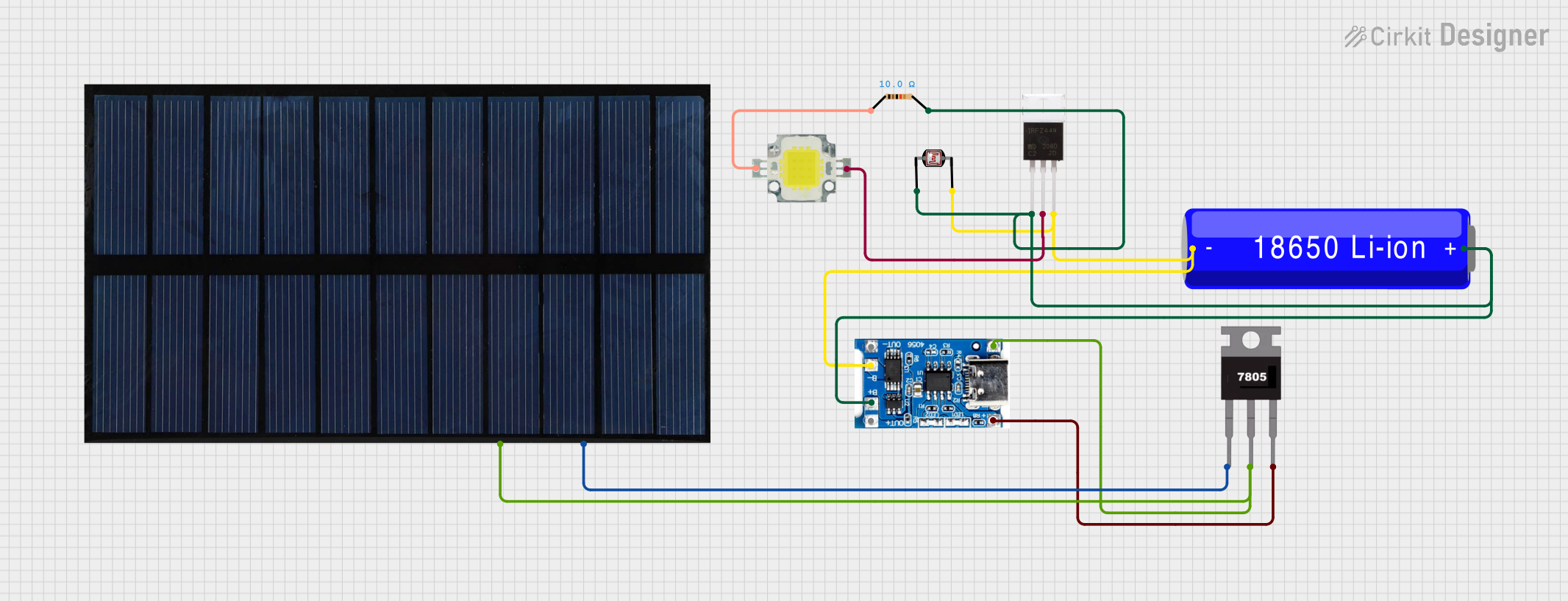
 Open Project in Cirkit Designer
Open Project in Cirkit Designer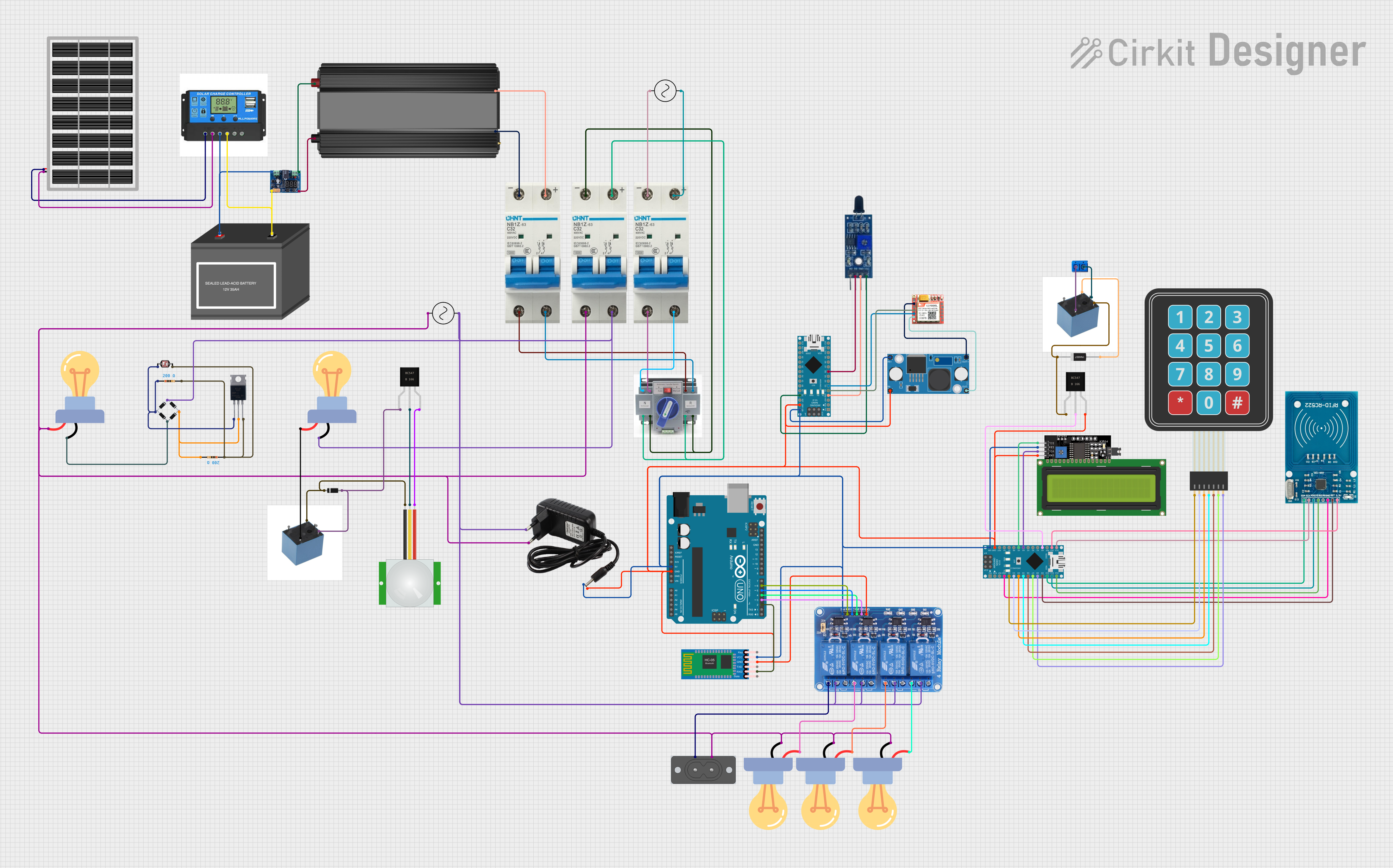
 Open Project in Cirkit Designer
Open Project in Cirkit Designer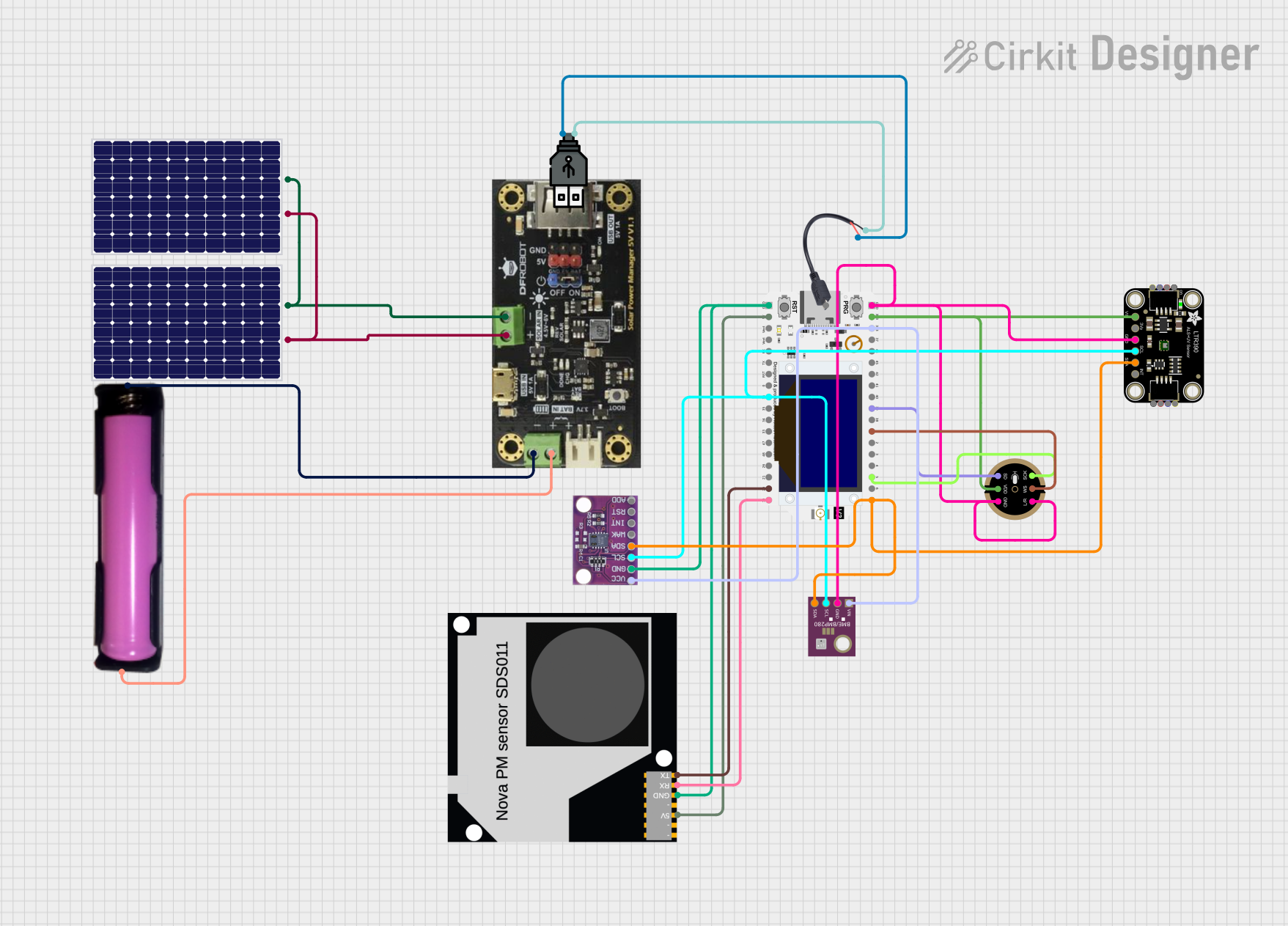
 Open Project in Cirkit Designer
Open Project in Cirkit Designer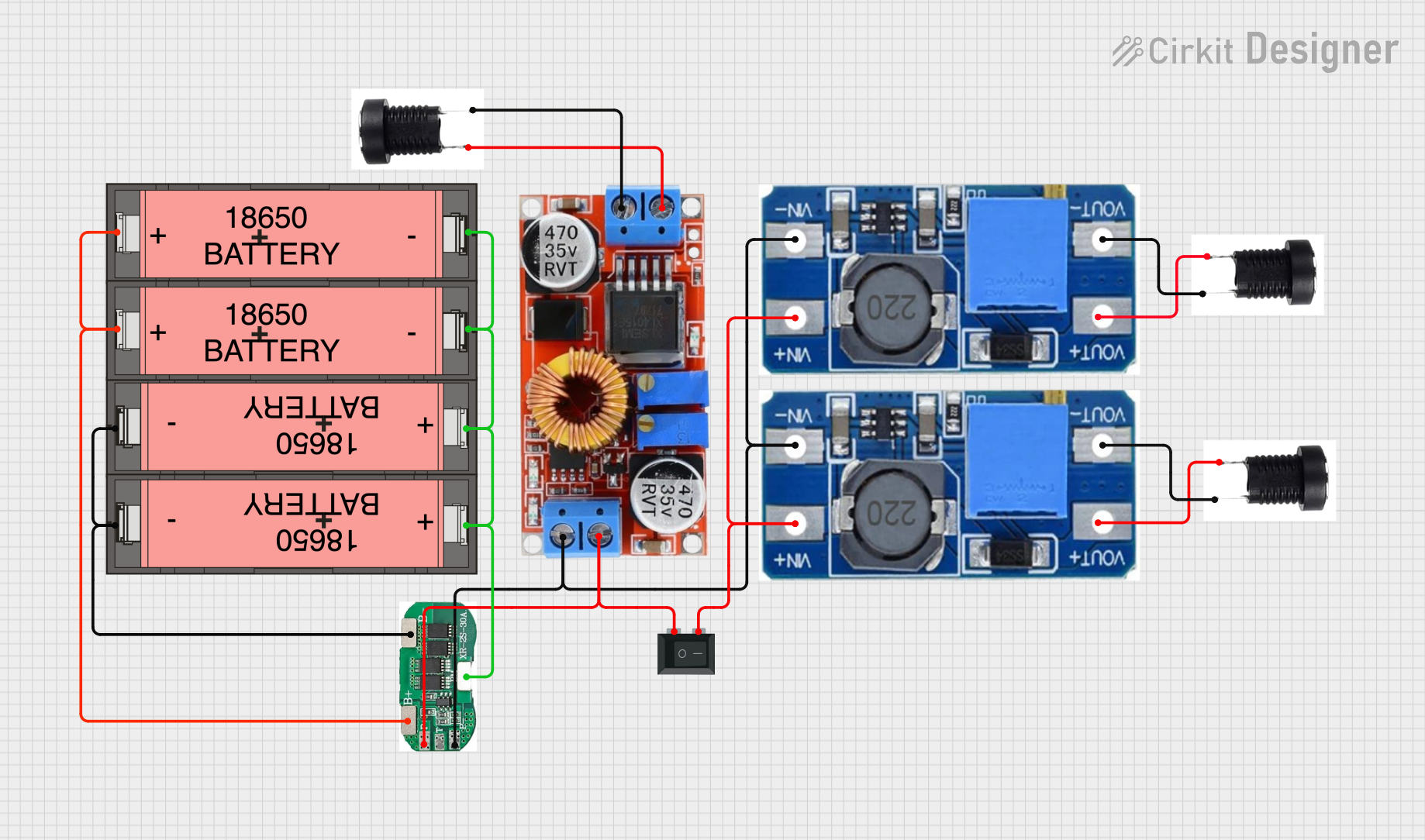
 Open Project in Cirkit Designer
Open Project in Cirkit DesignerExplore Projects Built with LM7912

 Open Project in Cirkit Designer
Open Project in Cirkit Designer
 Open Project in Cirkit Designer
Open Project in Cirkit Designer
 Open Project in Cirkit Designer
Open Project in Cirkit Designer
 Open Project in Cirkit Designer
Open Project in Cirkit DesignerCommon Applications and Use Cases
- Power supplies for operational amplifiers and analog circuits
- Audio equipment requiring low-noise negative voltage
- Dual-polarity power supplies for mixed-signal systems
- General-purpose negative voltage regulation in embedded systems
Technical Specifications
The LM7912 is designed to operate efficiently and reliably under a wide range of conditions. Below are its key technical specifications:
| Parameter | Value |
|---|---|
| Output Voltage | -12V |
| Maximum Output Current | 1A |
| Input Voltage Range | -14.5V to -35V |
| Dropout Voltage | 2V (typical) |
| Quiescent Current | 1.5mA (typical) |
| Operating Temperature Range | 0°C to +125°C |
| Thermal Shutdown Protection | Yes |
| Short-Circuit Protection | Yes |
| Package Types | TO-220, TO-3 |
Pin Configuration and Descriptions
The LM7912 has three pins, which are configured as follows:
| Pin Number | Pin Name | Description |
|---|---|---|
| 1 | Input (IN) | Connect to the negative input voltage (-14.5V to -35V). |
| 2 | Ground (GND) | Common ground reference for input and output. |
| 3 | Output (OUT) | Provides the regulated -12V output. |
Usage Instructions
The LM7912 is straightforward to use in a circuit. Below are the steps and considerations for proper usage:
Basic Circuit Configuration
To use the LM7912, connect the input voltage to the IN pin, the ground to the GND pin, and the load to the OUT pin. A typical application circuit includes input and output capacitors to ensure stability and reduce noise.
Example Circuit
Input Voltage (-14.5V to -35V)
|
|
[C1] (Input Capacitor, 0.33µF)
|
|----> IN (Pin 1)
|
GND (Pin 2) ---------------------> GND
|
|----> OUT (Pin 3)
|
[C2] (Output Capacitor, 0.1µF)
|
|
Regulated Output (-12V)
Important Considerations
- Input Voltage Range: Ensure the input voltage is at least 2V higher than the output voltage (-14.5V minimum) but does not exceed -35V.
- Capacitor Selection: Use a 0.33µF capacitor on the input and a 0.1µF capacitor on the output for stability. These capacitors should be placed as close to the regulator as possible.
- Heat Dissipation: The LM7912 can dissipate significant heat under high current loads. Use a heatsink if the power dissipation exceeds the thermal limits.
- Protection Features: The LM7912 includes thermal shutdown and short-circuit protection. However, avoid prolonged exposure to extreme conditions to ensure longevity.
Arduino UNO Example
The LM7912 is not directly connected to an Arduino UNO, as it is a voltage regulator for negative voltages. However, it can be used in circuits that require a dual-polarity power supply for components interfacing with the Arduino. Below is an example of how to use the LM7912 in such a setup:
// Example: Using LM7912 in a dual-polarity power supply for an op-amp circuit
// Note: This code demonstrates the Arduino's role in controlling the circuit.
void setup() {
// Initialize serial communication for debugging
Serial.begin(9600);
// Example: Monitor the power supply status
Serial.println("Dual-polarity power supply initialized.");
}
void loop() {
// Continuously monitor or control connected components
delay(1000);
Serial.println("System running with stable -12V supply.");
}
Troubleshooting and FAQs
Common Issues and Solutions
No Output Voltage (-12V)
- Cause: Input voltage is too low or not connected properly.
- Solution: Ensure the input voltage is at least -14.5V and connected to the
INpin.
Excessive Heat
- Cause: High current load or insufficient heat dissipation.
- Solution: Attach a heatsink to the LM7912 and ensure proper ventilation.
Output Voltage is Unstable
- Cause: Missing or incorrect capacitors.
- Solution: Add a 0.33µF capacitor to the input and a 0.1µF capacitor to the output.
Short-Circuit Protection Triggered
- Cause: Output is shorted to ground.
- Solution: Remove the short circuit and verify the load connections.
FAQs
Q1: Can the LM7912 be used with a positive voltage input?
A1: No, the LM7912 is designed for negative voltage regulation. Use the LM7812 for positive voltage regulation.
Q2: What is the maximum current the LM7912 can supply?
A2: The LM7912 can supply up to 1A of current, provided the input voltage and thermal conditions are within limits.
Q3: Can I use the LM7912 without capacitors?
A3: While the LM7912 may function without capacitors, it is highly recommended to use the specified input and output capacitors to ensure stability and reduce noise.
Q4: How do I protect the LM7912 from overheating?
A4: Use a heatsink and ensure proper ventilation. Avoid exceeding the maximum input voltage and current ratings.
By following these guidelines, the LM7912 can be effectively used in a variety of applications requiring a stable -12V output.